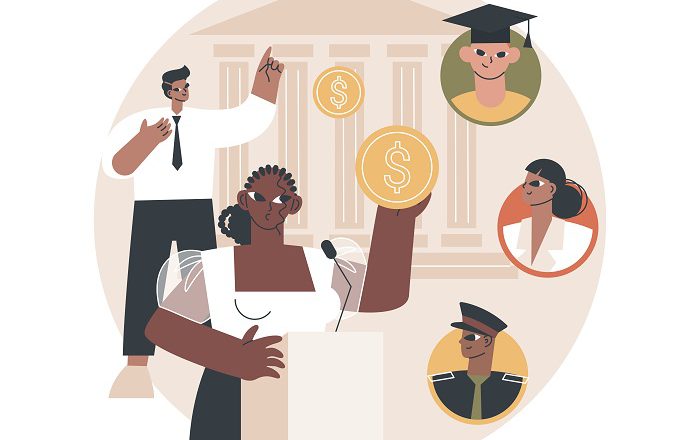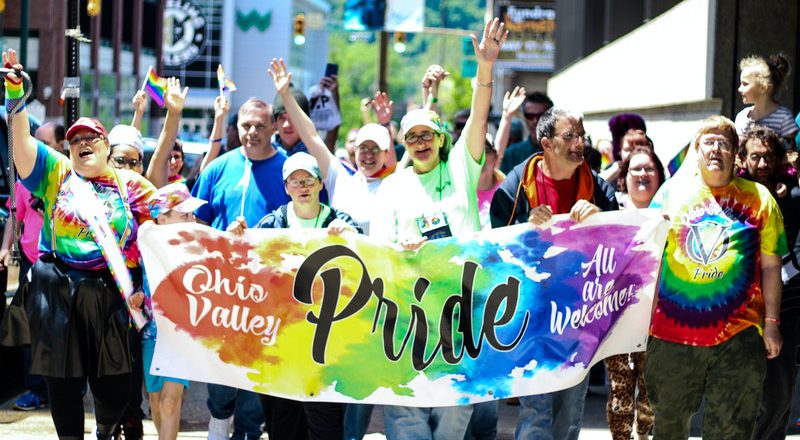Latest Version Of Conservatives’ Longtime Strategy To Rally Their Base: Anti-Transgender Bills
On April 6, 2021, despite Republican Gov. Asa Hutchinson’s veto, Arkansas became the first state to prohibit physicians from providing gender-affirming medical care like hormone treatments designed to delay puberty in transgender youth. So-called “puberty blockers” are used to delay the physical changes associated with puberty and provide time for transgender young people to consider their options.
Arkansas physicians now face criminal penalties if they prescribe puberty blockers or other forms of cross-gender health care to transgender youth. Twenty other states are considering similar bills. Some would classify puberty blockers and other gender-affirming medical treatments as child abuse or would revoke the medical licenses of physicians prescribing these therapies.
These anti-transgen...

